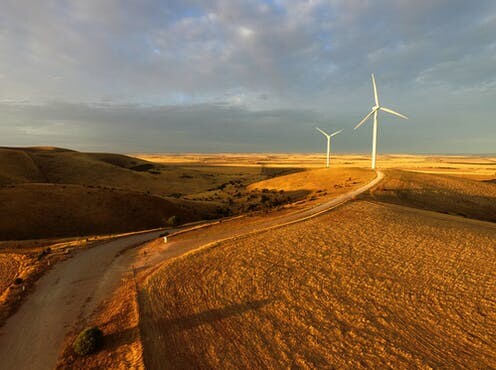The contribution of black coal power generation to the national grid hit a new low last weekend, pushed down by the growing contribution of wind and solar to little more than one third of its registered capacity.
According to National Electricity Market data the combined output of wind and solar matched the combined output of brown coal, black coal and gas on Saturday September 26 and, with hydro, provided 51% of net demand.
The new record was set at 1pm when rooftop solar was its peak and might have been higher, and coal’s contribution lower, but for around nine large-scale solar farms in Queensland being switched off due to constraints or negative prices.
The decrease in black coal output comes as some older generators, like Liddell, operate at reduced capacity as they get closer to their imminent closure. Others are starting to get into the habit of dialling down their output when rooftop solar reaches its daily peak.
Rooftop solar, meanwhile, is no longer taking small bites out of black coal generation – and at around the time of its peak on that Saturday, wind and solar were producing 49.2 per cent of total output, equal to the combined output of brown and black coal, and various gas generation sources.
As Watt Clarity’s Paul McArdle noted, Australia’s Sunshine State, Queensland, notched up its lowest level of black coal generation in 16 years – just over 3,800MW on Saturday, then went even lower on Sunday.
